Unified API Protection
Billions of APIs Protected. Hundreds of Happy Customers.
Read verified reviews by our customers on Gartner Peer Insights

Complete OWASP Security Coverage
OWASP API Security Top 10
Making the Most of Your API Security Investment
Operational Savings
Time to Value
COMPLIANCE SAVINGS
PRODUCTIVITY GAINS
How Cequence Is Different
Continuous API Attack Surface Management
Discover your entire API attack surface with no software, no agents or traffic redirects that provides a complete view into your external and internal API assets, allowing you to discover your entire API attack surface in a matter of minutes.
Rapid and Flexible Deployment
No agents, JavaScript, or SDK integration means streamlined deployment that can quickly begin analyzing and protecting APIs in minutes. Additional benefits to our low-impact approach include no security burden on your development teams, no page-load delays, or forced mobile user upgrades.
API Security Managed Services
Understaffed or overwhelmed by day-to-day API security tasks? Let Cequence Managed Services help. Backed by the CQ Prime threat research team and the largest threat database of malicious behaviors, known bad infrastructure and attack tool kits, Cequence Managed Services provides you with the same API protection assistance used by some of the world’s largest and most demanding organizations.
Fortune and Global 500 Customers
A modular architecture delivers unmatched scalability that enables our platform to analyze and protect more than 8 billion APIs per day for some of the world's largest retail, telecom, and financial services customers. Our modular Unified API Protection solution lets you choose the security architecture that fits your requirements which includes SaaS, on-premises, or hybrid deployments.
Real-time Passive or Inline Protection
Instantly mitigate API attacks using a behavioral fingerprint that tracks the attack, even as they continually re-tool. Flexible actions include blocking, rate limiting, geo-fencing, and deceiving attackers with fake responses – all without relying on any third-party solution such as a WAF.
Complete API Protection Offering
A complete API security offering that offers full support for the continuous API protection lifecycle that includes discover, comply, and protect stages. Customers can discover their entire API attack surface, understand and remediate API risk, and enable real-time threat protection all in one solution.
Recognized Innovation in Protecting Applications & APIs

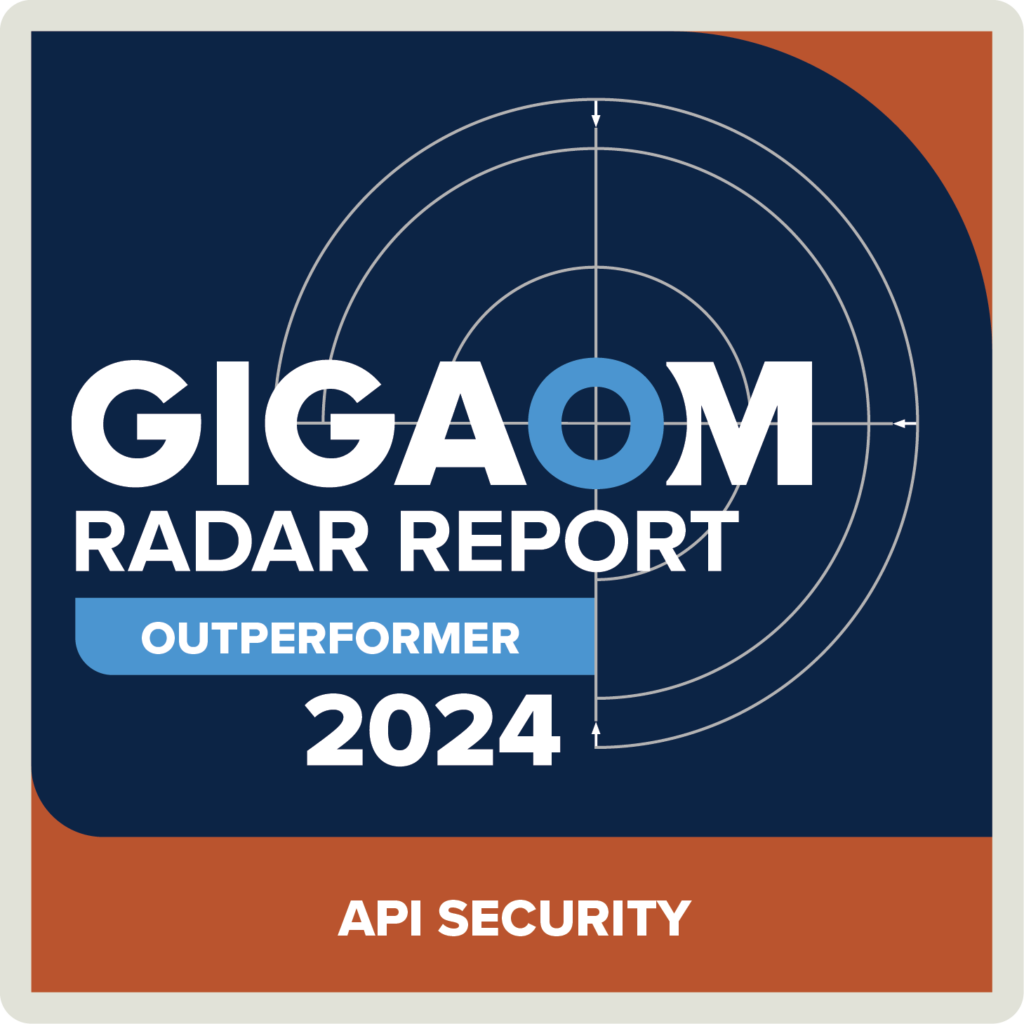



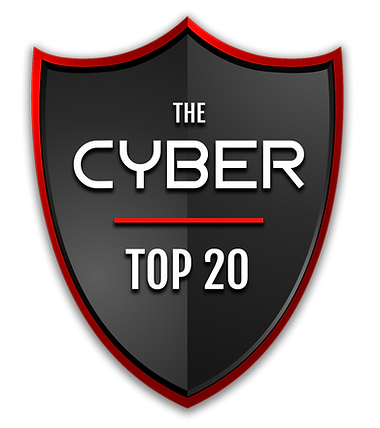




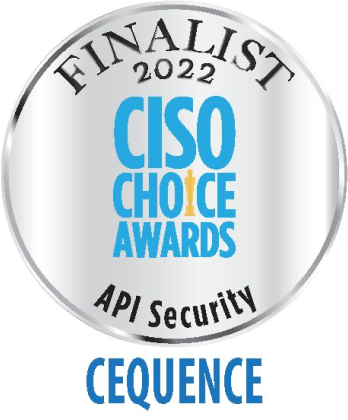



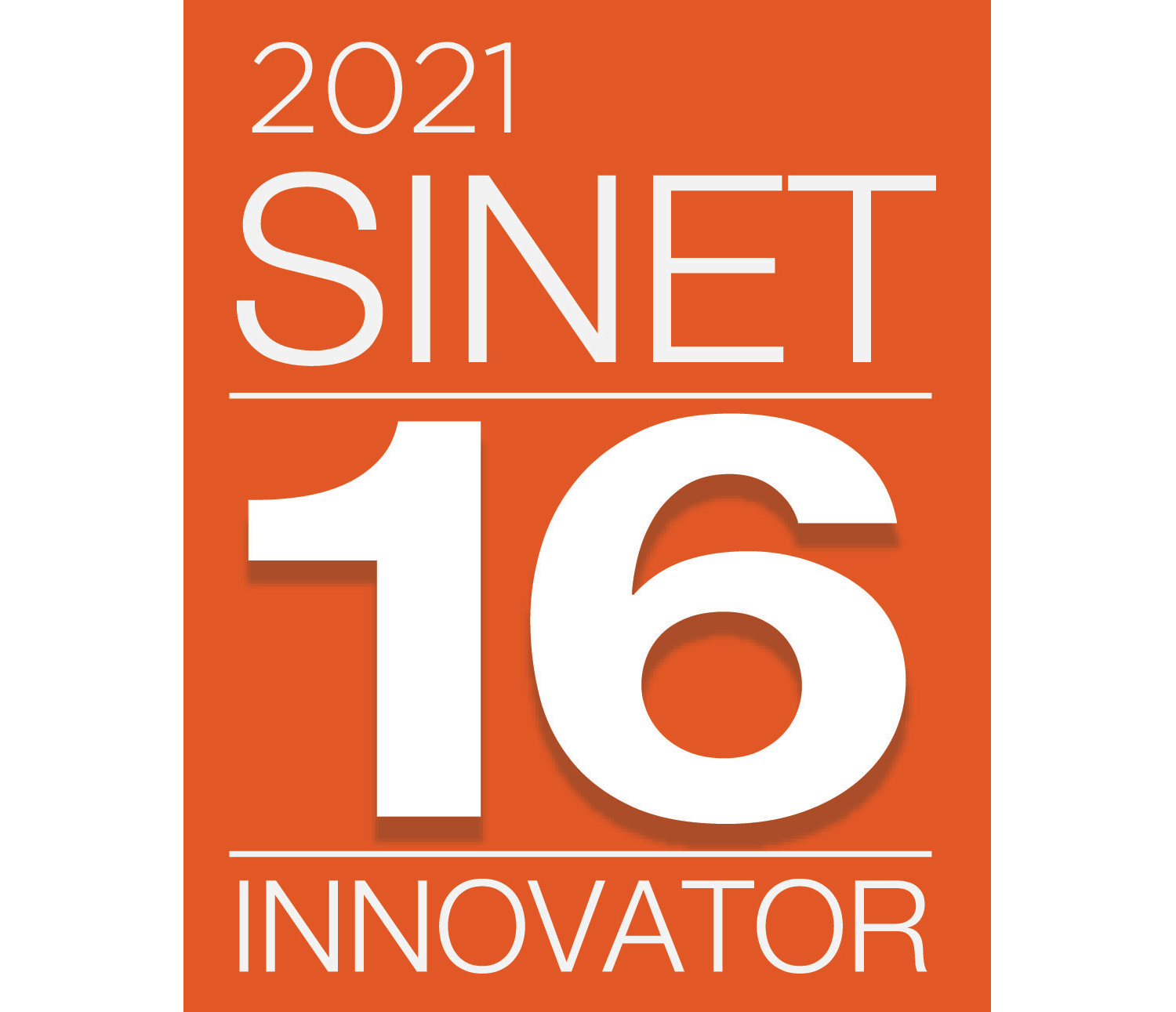
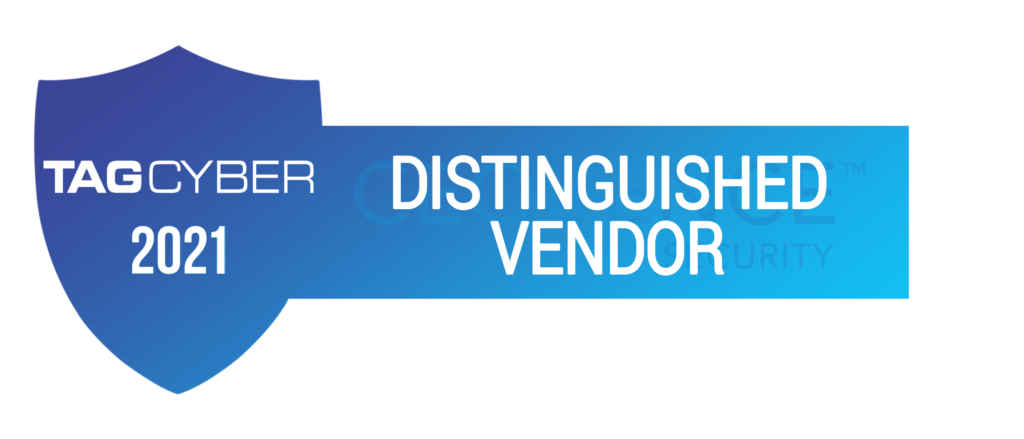
Unified API Protection FAQ
Bot management is the process of detecting bots, which are purpose-built software designed to automate and scale certain tasks, determining whether they are malicious, and then mitigating undesired bots to prevent negative effects on the business. Malicious bots are simply a vehicle for automated attacks; organizations may encounter many different types of bot attacks against their applications and APIs such as account takeover (ATO), sensitive data exposure, credential stuffing, content scraping, gift card or loyalty program abuse, fake account creation, and more.
Traditional bot management techniques such as IP reputation-based and JavaScript-based CAPTCHA solutions were once sufficient, but no more. Attackers utilize bulletproof proxies and hijacked residential IPs to bypass IP reputation-based products, and CAPTCHAs can be avoided, don’t cover all applications and APIs, and now can be easily solved by generative AI (GenAI).
A successful and future-proof solution now requires multi-dimensional behavioral anomaly detection and native, network-based mitigation that can track attacks as they evolve and prevent bot attacks from reaching the target applications and APIs. To learn more, read the What is Bot Management? blog.
- Account takeover (ATO) – Gaining unauthorized access to legitimate user accounts, usually with stolen credentials
- Sensitive data exposure – Accessing inadvertently exposed sensitive data from applications and APIs
- Credential stuffing – Accessing protected services with stolen, legitimate credentials
- Flash sales, hype sales, and ticket scalping – “Jumping the line” to acquire products that would otherwise be available to legitimate customers or purchasing in-demand products quickly for resale
- Content scraping/IP theft – Scraping data from web applications or APIs for esale, ransom, or other nefarious purposes • Gift card/loyalty program abuse – Brute-forcing card object combinations such as card numbers or PINs to access valid gift cards or loyalty programs
- Fake account creation – Creating user accounts from fake or stolen user identity information
- SIM swapping – Cellular account takeover that compromises user accounts through unauthorized SIM swaps
- The initial step in API Security involves the identification and cataloging of all APIs, including managed, unmanaged, shadow, zombie, third-party, internal, and external APIs. This process ensures proper access management, compliance with OWASP API Security guidelines, and overall network and application security.
- The second phase, API Security risk analysis emphasizes identifying coding errors that may expose vulnerabilities (API risks) and targeted attacks that could exploit these vulnerabilities or attempt to manipulate business logic (API threats). Detecting attacks and threats necessitates more comprehensive analysis, which may involve human intervention, digital tools, or a combination of both.
- The final aspect of API Security involves the detection and remediation of risks and the mitigation of threats identified during the detection phase. Risk remediation involves notifying the development team of the detected risks and confirming the implemented fixes through continuous analysis, testing, and cybersecurity measures. Native threat mitigation necessitates real-time responses without relying solely on signaling a web application firewall (WAF) or employing other tools. Implementing authentication protocols such as OAuth, securing cloud-based applications, and maintaining rigorous application security standards are essential to preventing unauthorized access and ensuring the protection of sensitive data.
Key Components of Effective API Security
- API Discovery and Inventory
- API Risk and Threat Detection
- API Risk Remediation and Threat Mitigation
- Security Best Practices
- Implement Strong Authentication and Authorization
- Detect attacks on both managed and unmanaged APIs
- Apply Rate Limiting and Throttling
- Encrypt Data in Transit and at Rest
- Validate Input Data and Use Parameterized Queries
- Regularly Monitor and Audit API Inventory and Activity
- Keep APIs Updated and Patched
- API Security Tools and Technologies
- Web Application Firewalls (WAFs)
- API Gateway Solutions
- API Security Testing Tools
- API Management Platforms
- Bot management Solutions
- API Attack Surface Management tools
- API Security Tools
- Unified API Protection Platforms
- Building a Comprehensive API Security Strategy
- Creating an API Security Inventory
- Performing risk and compliance analysis on APIs
- Creating an API Security Policy
- Integrating Security into the API Development Lifecycle
- Conducting Regular Security Assessments and Penetration Testing
- Detecting and stopping live API attacks
- Ensuring Continuous Improvement and Adaptation
- Discovery – Detecting all APIs using both inside-out and outside-in methods to know exactly where we need to apply API security tools.
- Threat Protection – Once threats are detected, stop them in their tracks natively without relying on a third-party solution such as a WAF. It includes measures to protect against threats such as Denial of Service (DoS) attacks, rate limiting to manage the number of requests an API can handle, and continuous monitoring to detect any unusual activities or anomalies.